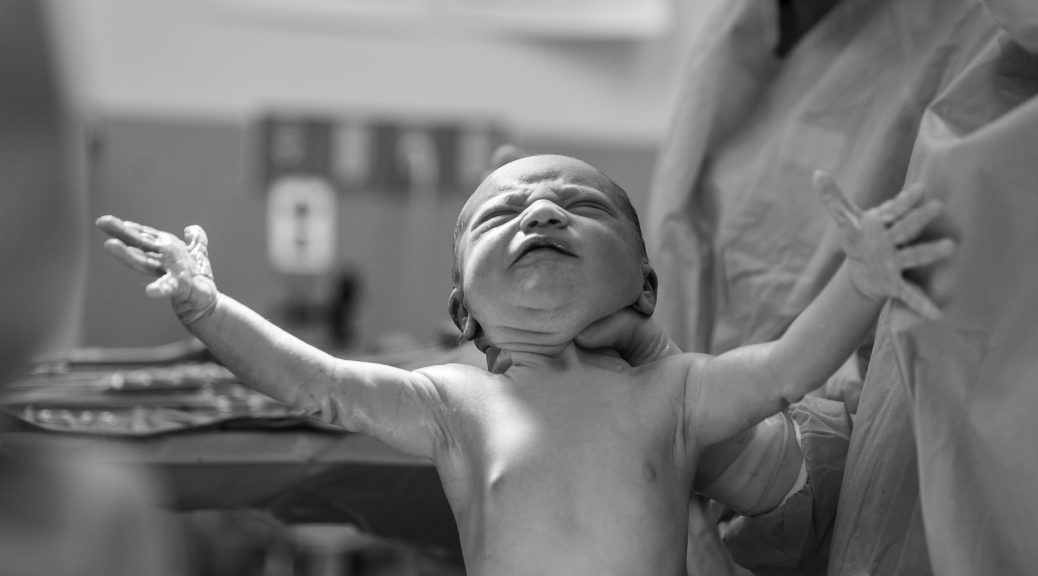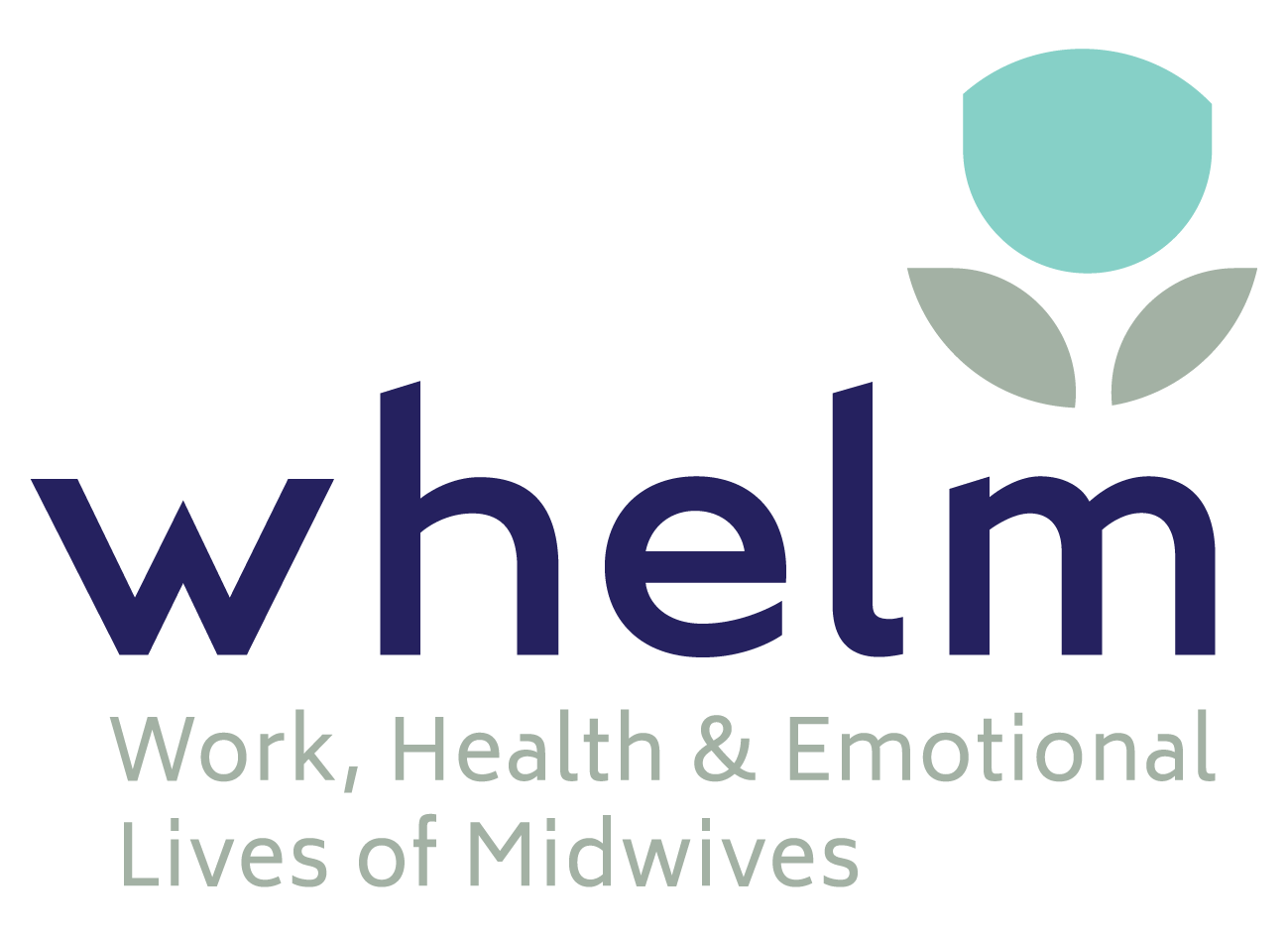Caesarean section (CS) is common in high income-countries. In Australia, 35% of women give birth by caesarean, while 85% of women with a previous CS will have a repeat CS (AIHW, 2020a). However, there is increasing media interest in the concept of ‘caesarean shaming’ or ‘caesarean stigma’. Although shame is an emotion of self-blame (Heshmat, 2015), a recent media article has suggested that talking about risks of CS and benefits of normal birth, causes women who have experienced or are planning CS, to feel shame (Begg, 2021) https://www.mamamia.com.au/c-section-shaming-stories/. However, caesarean shaming is not born out in the literature – and focus on it obfuscates the issues.
Research on caesarean shaming or stigma
A quick literature search finds just two articles on CS shaming or stigma – one is a research paper. A UK study presents results from 75 semi-structured interviews with women on a postnatal ward following a planned or unplanned CS (Tully & Ball, 2013). While some women felt stigma that they had “copped out of normal birth”; none of the women referred to feeling shamed by their decision or experience (Tully & Ball, 2013). The recent media article quotes 30 Australian women who uniformly believed their CS was lifesaving (Begg, 2021). Importantly, this echoes the UK interview results –every woman considered that her CS had been justified and necessary. Women commonly perceived it was their only option and lifesaving (Tully & Ball, 2013).
Caesareans can be life-saving but…this is epidemic
Caesarean section rates above 15% do not reduce maternal or neonatal mortality rates (Gibbons et al., 2010). Indeed, in high-income countries maternal death is exceedingly rare – 5.5 per 100,000 women who give birth in Australia will die (AIHW, 2020b). Maternity health professionals (WHO, 2018) and maternity consumer organisations (MCA, 2021) are increasingly concerned that CS is being performed without a medical or obstetric indication. Subsequently, we are experiencing a “caesarean epidemic” in high-income countries (Visser et al. 2018) – this is the story that needs to be picked up by the media.
Unnecessary caesarean creates harm without benefit
When a CS occurs without benefit, it creates unnecessary risks for mother and baby (Wise, 2018) . However, this jars with the commonly held view that CS is safer than vaginal birth because it is more “controlled” (Coates et al, 2021b).
Women who have a CS are at increased risk of birth trauma, uterine rupture, death, and future pregnancy complications including miscarriage, ectopic pregnancy, preterm birth, and stillbirth (Sandall et al., 2018). Babies born via CS have higher rates of nursery admission and lower chance of sustained breastfeeding with negative health consequences (Hobbs et al., 2016). While evidence about long-term risks for CS born children continues to emerge, they appear to include allergies and asthma; diabetes, gastroenteritis, obesity, autism, and attention deficit/hyperactivity disorder (Sandall et al., 2018; Słabuszewska-Jóźwiak et al., 2020; Zhang et al., 2019).
Early term caesarean carries additional risks
The recent Australian Commission for Safety and Quality in Healthcare report showed that 50% of CS performed before 39 weeks gestation were done without a medical indication (ACSQH, 2021). Worryingly, early planned birth (<39 weeks) increases risks for babies of breathing difficulties, admission to neonatal nursery (ASQH, 2021), and in rare instances neonatal death (Prediger et al., 2020). In addition, the long-term risks of early planned birth are learning difficulties and attention deficit hyperactivity disorder (ACSQH, 2021).
How do women make informed decisions about caesarean
The Federation of International Gynecologists and Obstetricians have released a statement that women must be “properly informed” of the risks prior to consenting for CS (Visser et al., 2018). Coates et al. (2021a) survey of Australian women’s decision-making around planned CS reported that 90% perceived they had adequate information that they understood, including risks and benefits of CS. However, 15% felt pressured or uncertain about their decision, a figure reflected in the wider literature (Coates et al., 2021a). Further research on women’s decision-making about planned birth (either induction or CS) indicates that approximately:
- 4 in 10 women were not provided with written information before deciding
- 1 in 5 women felt they “didn’t really have a choice” about induction or CS (Coates et al., 2021b).
What can maternity services do
Facilitating informed decision-making is part of addressing alarming rates of CS. Likewise, it may be necessary to focus on changing the maternity care system. For example, there are several system-wide strategies that have been demonstrated to reduce CS rates:
- Providing women with continuity of midwifery care (Callander et al., 2019)
- Benchmarking, auditing and publishing CS rates in health services (Chen et al., 2018; Visser et al., 2018)
- Funding models that mean fees for vaginal birth and CS are the same (Visser et al., 2018)
- Implementation of guidelines, combined with mandatory second obstetric opinion about indication for CS, and physician education (Chen et al., 2018).
Additionally, it may be useful for clinicians to reflect on how they debrief with women following a CS, especially in relation to a possible future pregnancy. For example, considering how language may be interpreted (i.e., my baby almost died) and resisting the impulse to reassure women their CS was warranted if the clinical picture and evidence suggests it was not, is important (Niemczyk, 2014).
References
Australian Institute of Health and Welfare. (2020a). Australia’s mothers and babies 2018—in brief. Canberra: AIHW.
Australian Institute of Health and Welfare. (2020b). Maternal deaths in Australia. Retrieved from https://www.aihw.gov.au/reports/mothers-babies/maternal-deaths-in-australia
Australian Commission on Safety and Quality in Healthcare. (2021).
The Fourth Australian Atlas on Healthcare Variation. Retrieved from: https://www.safetyandquality.gov.au/our-work/healthcare-variation/fourth-atlas-2021/early-planned-births
Begg, C. (2021). “I was told I had taken the easy way out.” We need to talk about C-section shaming. Mamamia. https://www.mamamia.com.au/c-section-shaming-stories/
Callander, E., Creedy, D.K., Gamble, J., Fox, H., Toohill, J., Sneddon, A., & Ellwood D. (2019). Reducing caesarean section: An economic evaluation of routine induction of labour at 39 weeks gestation in low-risk nulliparous women. Paediatric and Perinatal Epidemiology, 34(1), 3-11.
Chen I, Opiyo N, Tavender E, et al. (2018). Non-clinical interventions for reducing unnecessary caesarean section. The Cochrane Database of Systematic Reviews, 9(9): Cd005528.
Coates, D., Donnolley, N., Thirukumar, P., Lainchbury, A., Spear, V., & Henry, A. (2021a). Women’s experiences of decision-making and beliefs in relation to planned caesarean section: A survey study. The Australian & New Zealand Journal of Obstetrics & Gynaecology, 61(1), 106–115. https://doi.org/10.1111/ajo.13255
Coates, D., Donnolley, N., Foureur, M., Thirukumar, P., & Henry, A. (2021b). Factors associated with women’s birth beliefs and experiences of decision-making in the context of planned birth: A survey study. Midwifery, 96, 102944. https://doi.org/10.1016/j.midw.2021.102944
Gibbons L, Belizán JM, Lauer JA, et al. (2010). The global numbers and costs of additionally needed and unnecessary caesarean sections performed per year: overuse as a barrier to universal coverage. World Health Rep, 30, 1–31.
Heshmat, S. (2015). Five factors that make you feel shame. Psychology Today. https://www.psychologytoday.com/us/blog/science-choice/201510/5-factors-make-you-feel-shame
Hobbs, A.J., Mannion, C.A., McDonald, S.W., Brockway, M., Tough, S.C. (2016). The impact of caesarean section on breastfeeding initiation, duration and difficulties in the first four months postpartum. BMC Pregnancy and Childbirth, 16, 90.
Independent Hospital Pricing Authority. (2020). National Hospital Cost Data Collection, Round 22 (2017-18). Sydney: IHPA.
Maternity Choices Australia. (2021). 2021 Federal Election MP/Senator brief endorsed by 15 community organisations. Retrieved from https://www.maternitychoices.org/advocacy
Niemczyk, N. A. (2014). Most women think their cesarean birth was necessary. Journal of Midwifery and Women’s Health, 59, 363-364.
Prediger, B., Mathes, T., Polus, S., Glatt, A., Bühn, S., Schiermeier, S., Neugebauer, E., & Pieper, D. (2020). A systematic review and time-response meta-analysis of the optimal timing of elective caesarean sections for best maternal and neonatal health outcomes. BMC Pregnancy and Childbirth, 20(1), 395. https://doi.org/10.1186/s12884-020-03036-1
Sandall J, Tribe RM, Avery L, et al. (2018). Short-term and long-term effects of caesarean section on the health of women and children. The Lancet, 392(10155),1349-57.
Słabuszewska-Jóźwiak, A., Szymański, J. K., Ciebiera, M., Sarecka-Hujar, B., & Jakiel, G. (2020). Pediatrics consequences of caesarean section-A systematic review and meta-analysis. International Journal of Environmental Research and Public Health, 17(21), 8031. https://doi.org/10.3390/ijerph17218031
Tully, K. P., & Ball, H. L. (2013). Misrecognition of need: women’s experiences of and explanations for undergoing cesarean delivery. Social Science & Medicine, 85(1982), 103–111. https://doi.org/10.1016/j.socscimed.2013.02.039
Visser, G.H.A, Ayres-de-Campos, D., Barnea, E.R, et al. (2018). FIGO position paper: how to stop the caesarean section epidemic. The Lancet, 392(10155), 1286-1287.
Wise, J. (2018). Alarming global rise in caesarean births, figure show. British Medical Journal, 363, 4319.
World Health Organization. (2018). WHO recommendations non-clinical interventions to reduce unnecessary caesarean sections. Geneva: WHO.
Zhang T, Sidorchuk A, Sevilla-Cermeño L, et al. (2019). Association of cesarean delivery with risk of neurodevelopmental and psychiatric disorders in the offspring. JAMA Network Open, 2(8), e1910236.








